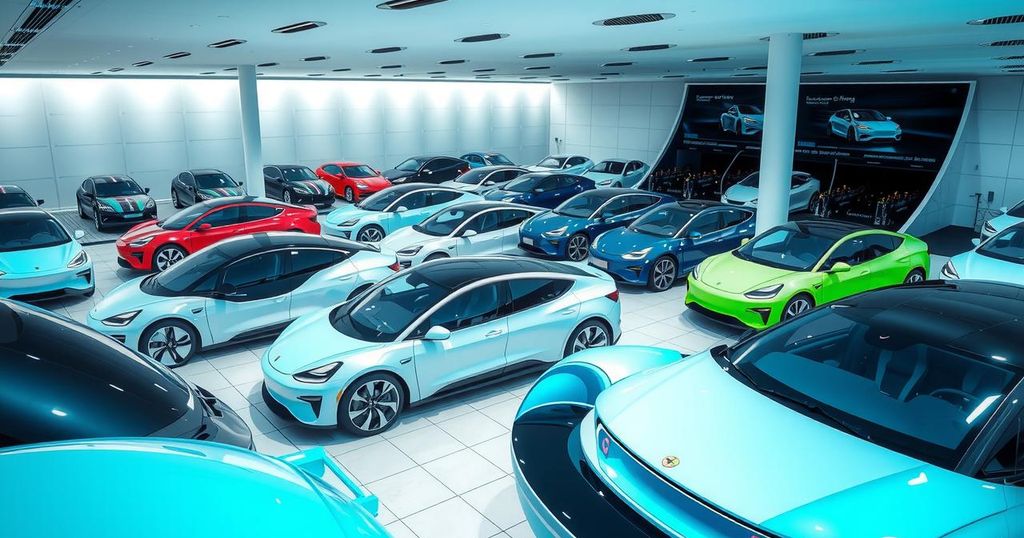Uzbekistan’s Passenger Car Imports and Market Trends in Early 2025
Uzbekistan imported 4,415 passenger cars worth $75.9 million in early 2025. China was the largest supplier, yet overall car sales declined by 14.5% in February. Domestic car sales remained steady, while imports of foreign cars significantly dropped, reflecting changing market dynamics.
In the first two months of 2025, Uzbekistan imported a total of 4,415 passenger cars, representing a significant investment of $75.9 million, as reported by the National Statistics Committee. The leading exporter of these vehicles was China, providing 3,149 units, while South Korea supplied 1,191. Japan contributed 32 cars, with Germany, the United States, and Mexico each exporting 8 to 11 cars.
Despite the high import figures, passenger car sales in Uzbekistan fell by 14.5% in February 2025 compared to January, totaling 67,200 vehicles. This decrease was predominantly attributed to a downturn in the foreign car segment, signaling potential changes in market dynamics and consumer preferences.
Sales for new domestically produced vehicles stayed consistent at 21,700 units, whereas imports of new foreign cars halved. This trend could indicate a shift in consumer preferences or possible disruptions in the supply chain affecting the availability of foreign vehicles. The Customs Committee noted nearly a sixfold drop in imports in January compared to last year, with hybrid car imports experiencing a dramatic decline of 31 times.
In February alone, Uzbekistan brought in 2,570 passenger cars at a total cost close to $45 million. However, when comparing this to the same month in 2024, the value of import volumes decreased 3.53 times, and the number of imported units decreased 2.82 times.
The import dynamics of passenger cars in Uzbekistan reveal a complex situation with significant declines in overall sales and a shift towards domestic production. The impressive number of imported vehicles, particularly from China, contrasts sharply with the declining sales figures and market adjustments present in the foreign car sector. This situation may indicate changes in consumer preferences or supply chain challenges that warrant further investigation.
Original Source: daryo.uz




Post Comment